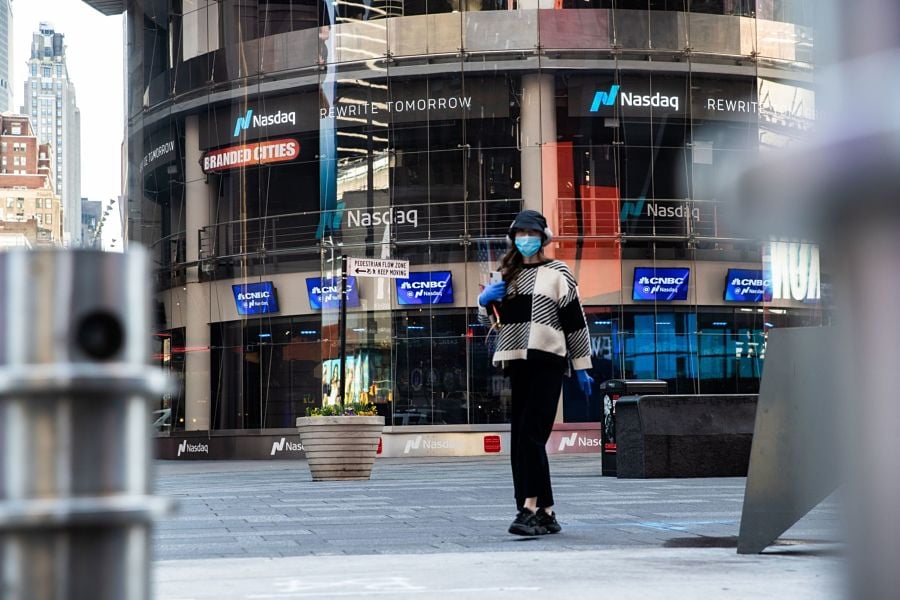

The market rebound in April wasn’t quite strong enough to reverse the net outflows from most domestic and international equity fund strategies, according to Morningstar Inc.
U.S. equity mutual funds and exchange-traded funds experienced $18 billion worth of net outflows last month, while international equity strategies had net outflows of more than $20 billion.
During a month that saw the S&P 500 Index snap back with a 12.8% gain and the Bloomberg Barclays US Aggregate Bond Index rise 1.8%, taxable bond funds had net inflows of $36.6 billion and money market funds took in $388 billion.
The net flows into taxable bond funds represented a sharp reversal from the record outflows seen in March, which ended a 14-month streak of net inflows. The money fund flows in April, while still strong, were well off that sector's March record of $685 billion.
Other categories with positive net flows in April were sector equity at $16.1 billion, alternative at $2.5 billion, and commodities at $12.4 billion.
Morningstar attributed much of the flow into commodity funds to the growing appeal of gold funds as a safe haven, including the $62.1 billion SPDR Gold Shares ETF (GLD), which took in $5 billion in April.
Another commodity play that drew attention last month was the $4.1 billion United States Oil ETF (USO), which brought in nearly $3 billion as traders paid to have oil futures contracts taken off their hands, according to Morningstar.
The big flows into GLD helped State Street Global Advisors lead all other asset managers, with more than $16 billion in April net flows, followed by BlackRock’s iShares with $8.5 billion, and JPMorgan with $2.9 billion.
The breakdown by Morningstar categories shows high-yield bond funds leading the way in April with $18.4 billion in net inflows, followed by commodity funds with $11.7 billion, and large-cap growth funds with $9.7 billion.
The large-cap blend category led the way in net outflows with $23.9 billion, followed by foreign large-blend at $8.5 billion, and diversified emerging market funds with $7.4 billion in net outflows.

Rajesh Markan earlier this year pleaded guilty to one count of criminal fraud related to his sale of fake investments to 10 clients totaling $2.9 million.

From building trust to steering through emotions and responding to client challenges, new advisors need human skills to shape the future of the advice industry.

"The outcome is correct, but it's disappointing that FINRA had ample opportunity to investigate the merits of clients' allegations in these claims, including the testimony in the three investor arbitrations with hearings," Jeff Erez, a plaintiff's attorney representing a large portion of the Stifel clients, said.

Chair also praised the passage of stablecoin legislation this week.

Maridea Wealth Management's deal in Chicago, Illinois is its first after securing a strategic investment in April.
Orion's Tom Wilson on delivering coordinated, high-touch service in a world where returns alone no longer set you apart.
Barely a decade old, registered index-linked annuities have quickly surged in popularity, thanks to their unique blend of protection and growth potential—an appealing option for investors looking to chart a steadier course through today's choppy market waters, says Myles Lambert, Brighthouse Financial.
